WHAT‘S HAPPENING
News & Events
Meet the Adelaide Studios Tenant: Cospective
08 May 2020
The SAFC’s Adelaide Studios isn’t just a studio facility, it’s a creative hub that’s home to more than 25 South Australian screen businesses and screen practitioners. In this new series of SAFC interview profiles we invite you to meet the tenants and get to know their work.
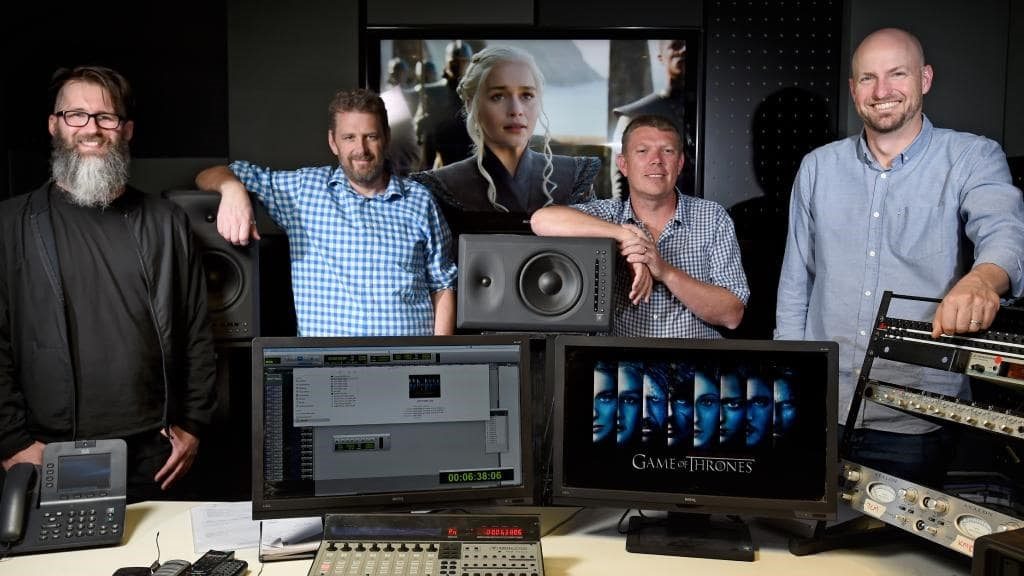
Adelaide Studios based software company Cospective is one of the few businesses actually built for a global pandemic.
While many companies have spent the past few months since the Coronavirus hit grappling with the logistics of quarantine and gathering restrictions, Cospective – which specialises in remote collaboration software for the film industry – has been in its element.
“We’ve been saying that a bit: we are genuinely built for remote collaboration,” laughs CEO Rory McGregor.
“When this all happened on a Friday we just said ‘we should all work from home from now on’ and we just did. We didn’t lose a minute of business time.”
And not only is business continuing during COVID-19, it’s booming. With much of the film industry now forced to work from home and social restrictions preventing physical meetings, suddenly Cospective’s virtual collaboration software is in even hotter demand – especially in Hollywood.
“I remember it was a Thursday, and they just shut LA in a day, and on Friday everyone started working from home,” McGregor says.
“Every visual effects facility – and they have like 1,000, 2,000 employees – suddenly had to shift their infrastructure home over a weekend. These are facilities that have had security protocols in place for years, to say that nothing can leave the building … and they had to be working from home by Monday.
“Monday their time is Tuesday our time, and we started about 6am Tuesday morning and I don’t think I got off the computer until about 7pm Saturday night, five days later. It was just constant, absolutely constant. It was really quite extraordinary, and it ended up being a good two weeks.”
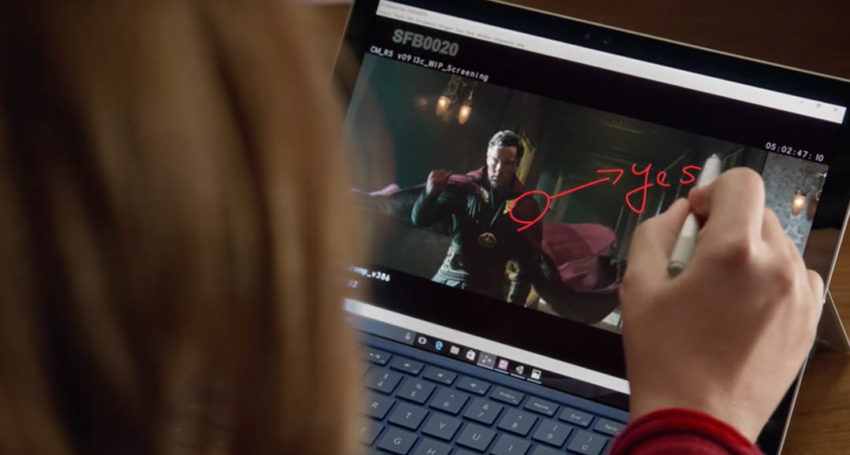
Cospective, which just celebrated its 20th year of operation in April, began in 2000 as Rising Sun Research, a software development arm of Adelaide visual effects studio Rising Sun Pictures.
The first product to come out of the venture was cineSpace, a ground-breaking colour calibration tool for film production teams working remotely around the world.
“If you were looking at your monitor screen and someone else was looking at their monitor screen on the other side of the world, cineSpace allowed you to guarantee that you were seeing the same colour on both screens,” McGregor says.
“So when someone goes ‘it looks too red’ you can be sure it’s not because their TV has been adjusted wrong – cineSpace actually made sure. And it actually allowed you to see on your computer monitor what an image is going to look like when it was projected on Fuji stock, in a cinema running a so-and-so bulb. cineSpace helped people be able to predict how things are going to look.”
A world-first product ahead of its time, cineSpace changed the game for filmmakers all over the globe.
But Cospective had an even bigger vision to revolutionise the industry: what if people on opposite sides of the world could not just view and work on their film project in the same colours, but at the same time?
Back in the early 2000s, it was a concept that seemed certifiably space-age.
“People had been doing it by sending someone a Quicktime movie, then getting them on the phone and saying ‘OK – one, two, three, play’ to try and hit play at the same time. And then you’d get 10 minutes into it and realise you’ve actually got the wrong clip, or you don’t have the latest version, or someone didn’t hit play, and it was just a nightmare,” McGregor explains.
And so in 2006 cineSync was born, a live screen-sharing tool that allows filmmaking teams to work on a project together in real time with 100 per cent frame accuracy, wherever they are in the world.
With cineSync a director can virtually get together with editors, producers, special effects designers and other key creatives to watch a piece of footage and give live feedback and directions on it – like cutting in a certain place, or removing an errant reflection, or changing the colour of the lightning bolts that burst forth from Cate Blanchett’s character Hela in Thor: Ragnarok (and yes, that’s an actual thing cineSync was used for).
After an impressive debut on blockbusters Harry Potter and the Goblet of Fire and Superman Returns via Rising Sun Pictures, a beta version of cineSync was picked up by Hollywood production powerhouse Industrial Light and Magic to try out on their projects, attracting attention from some big names.
“Before it even became a commercial product, Steven Spielberg was using it on War of the Worlds – without paying us, I should mention!” McGregor laughs.
“We read an article that was talking about Spielberg using our software on War of the Worlds and we were like ‘far out that’s amazing’ and then ‘hang on! How’d he get hold of it?’.”
Since then cineSync has gone on to become the industry standard for remote collaboration and the review of visual effects, used in hundreds of film and TV productions from Christopher Nolan sci-fi features Inception and Interstellar, to Marvel blockbusters like Thor: Ragnarok and Iron Man, and HBO hit Game of Thrones.
Not only has the South Australian developed tool been embraced by industry worldwide, it’s been honoured at the highest levels, winning the Academy Award for Technical Achievement in 2011, and an Emmy for Engineering in 2018.
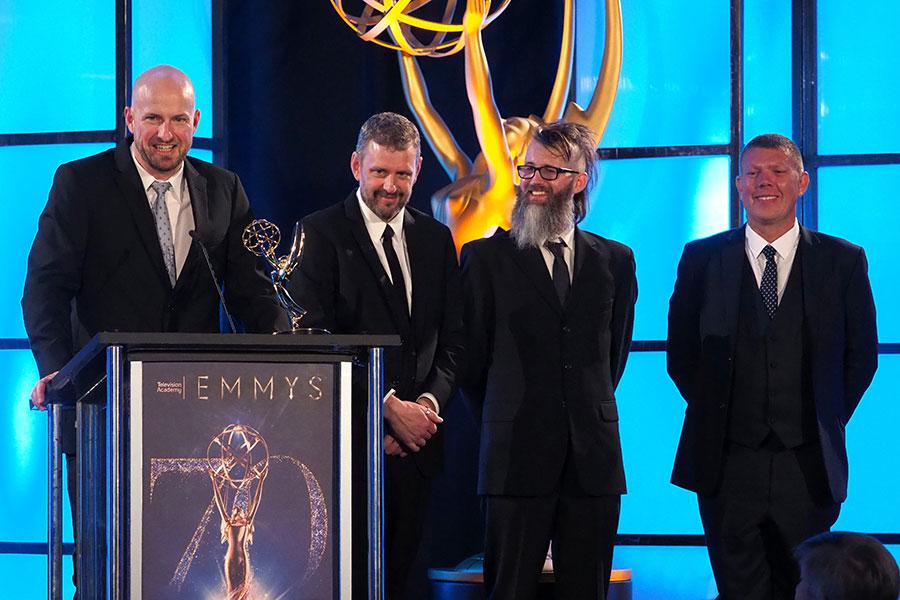
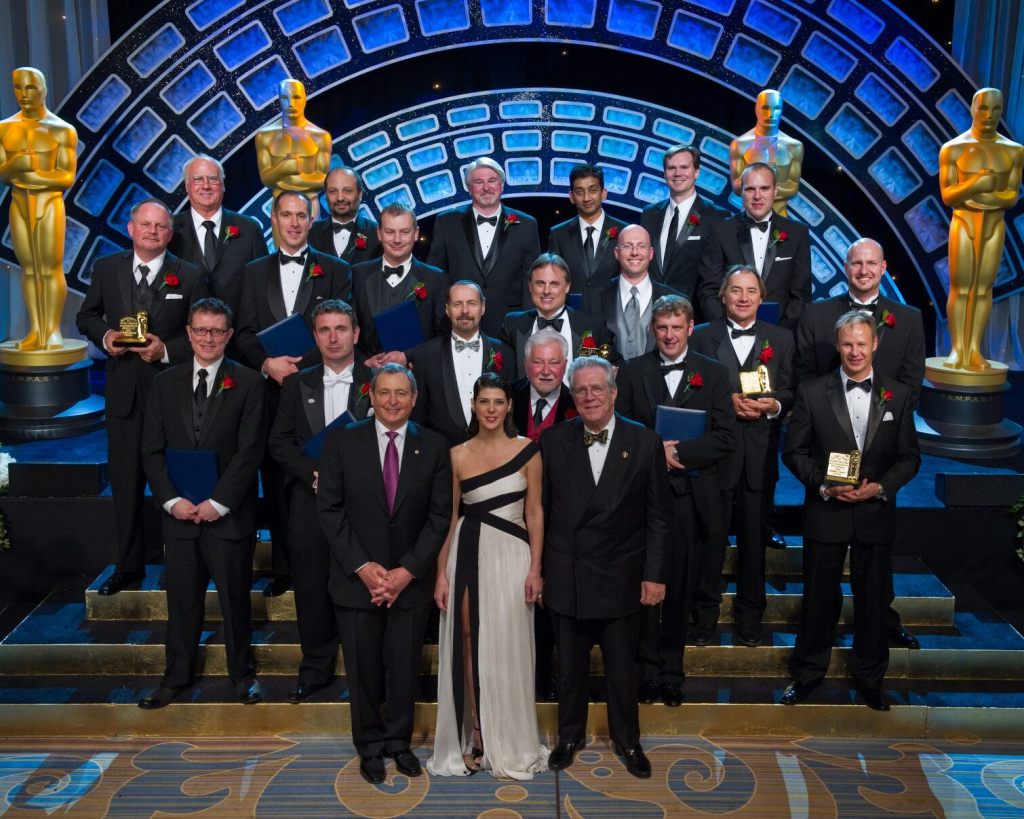
It’s also spawned younger sibling Frankie, a simplified, browser-based tool geared towards short form media production, which is used heavily in the advertising industry.
Like Kleenex, Hoover or Photoshop, “cineSync” is now a brand name that is so well respected and embedded in its industry, it’s become a byword for the process itself – not bad for something created by a tiny team of five in Adelaide.
“It’s got to the point now where people don’t describe the process as a ‘remote review session’, they call it ‘a cineSync’,” says McGregor.
“We basically found a solution for a niche in the industry, and we’ve owned that niche for over a decade now.”
Last year Cospective expanded its international market further after being acquired by Swedish company ftrack, which has allowed them to broaden their focus from purely film to other areas like furniture and car design.
It’s all contributing to the company’s ongoing international success, putting Adelaide and South Australia on the map for innovation and screen business.
“When we started no one had heard of Adelaide at all. Everyone’s been to Sydney, everyone has a relative in Melbourne, but no one had heard of Adelaide – but that changed a few years ago,” McGregor says.
“Rising Sun … are really well known in the industry in LA now. And when Technicolour announced they were launching Mill Film in Adelaide, that was huge. Suddenly people were like ‘oh yeah, we know about Adelaide’ because … now you had basically the biggest special effects facilities in Australia here. I think people are now raising their eyes a bit outside of the US and seeing that there are opportunities.”
Despite the company’s recent rush of work thanks to COVID-19, McGregor says Cospective is “certainly not getting cocky”. He believes the industry will undergo a major transformation due to the pandemic, with increased growth in smaller TV and animation projects and streaming content, which he’s happy to facilitate with cineSync.
McGregor says Cospective has a range of new product launches and upgrades to existing tools in the works, but for now the team is being kept busy riding this new wave of business from their home offices.
“We’re generally overseas four or five times a year – LA, London, Vancouver – and we won’t be travelling at all, it sounds like, until next year,” he says.
Fortunately thanks to cineSync, they have a ready-made way to beat those geographical barriers.
By Petra Starke
